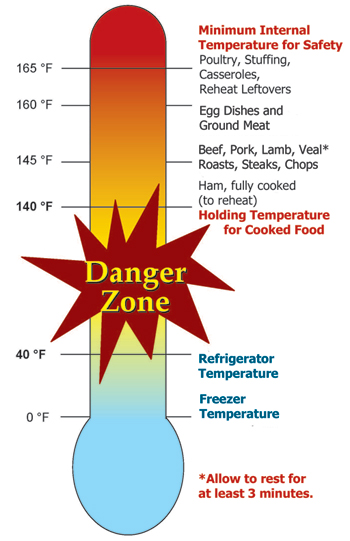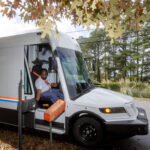Thanksgiving is a time for family, friends and feasting. Once the holiday meal ends, the spotlight turns to enjoying the leftovers in the days ahead. To keep those leftovers safe to eat, the U.S. Department of Agriculture provides essential food safety tips. How to handle leftovers safelyThe cardinal rule for… Continue Reading Consumer Education, Food Safety Guides, For Consumers, food safety tips, leftovers, Thanksgiving Food Safety News
Thanksgiving is a time for family, friends and feasting. Once the holiday meal ends, the spotlight turns to enjoying the leftovers in the days ahead. To keep those leftovers safe to eat, the U.S. Department of Agriculture provides essential food safety tips.
How to handle leftovers safely
The cardinal rule for leftovers is to store them properly within two hours of cooking. Food left out longer than this enters the “danger zone” — temperatures between 40 degrees F and 140 degrees F where bacteria multiply rapidly. If you’re in an environment above 90 degrees F, such as a hot kitchen or car, refrigerate perishable items within just one hour.

To expedite cooling, divide leftovers into small, shallow containers before refrigerating or freezing them. This is especially important for large items like turkey, which should be portioned to ensure even cooling. A whole turkey or large container of food can take too long to cool down, giving bacteria a chance to grow.
Contrary to popular belief, leftovers do not need to cool to room temperature before being stored. A USDA study found that 76 percent of participants mistakenly believed they should wait, but this practice can make food unsafe. Leftovers can be placed in the refrigerator or freezer while still warm.
How long are leftovers safe to eat?
Leftovers stored in the refrigerator are safe to eat for three to four days, which means your Thanksgiving meal should be consumed by the following Monday. If you want to enjoy leftovers beyond that timeframe, freeze them to preserve their quality. Frozen leftovers are best consumed within two to six months.
The USDA’s FoodKeeper app can help track your leftovers’ freshness and provide reminders when it’s time to eat or freeze them. The app also includes food storage guidelines for more than 600 items.
How to reheat leftovers safely
When reheating leftovers, ensure they reach an internal temperature of 165 degrees F (74 degrees C). Use a food thermometer to check the temperature, especially for dense dishes like casseroles or meats. Cover leftovers while reheating to retain moisture and promote even heating.
If you’re using a microwave, arrange food items evenly in a microwave-safe dish and add a bit of liquid if needed. Cover the dish with a vented lid or microwave-safe wrap to create steam, which helps eliminate bacteria. Because microwaves have cold spots, rotate the food during heating and check the temperature in multiple places.
For sauces, soups, and gravies, bring them to a rolling boil when reheating. Avoid using slow cookers for leftovers, as they may not heat food quickly enough to eliminate bacteria.
If you have questions or concerns about Thanksgiving leftovers, food safety experts are available. Contact the USDA Meat and Poultry Hotline at 1-888-MPHotline (1-888-674-6854), email MPHotline@usda.gov, or chat live at ask.usda.gov from 10 a.m. to 6 p.m. EST, Monday through Friday.
(To sign up for a free subscription to Food Safety News, click here.)








